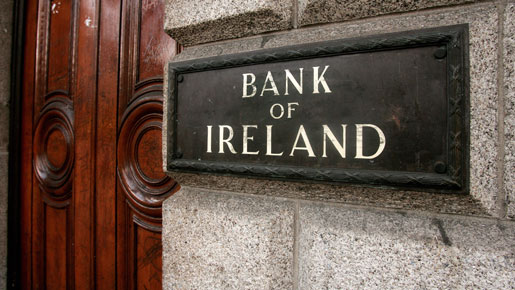
NIB, part of Denmark’s Danske Bank, was one of the first in Ireland to increase its loan loss estimates in 2009, setting the scene for a sector-wide recalibration after massive state intervention to keep the country’s flagship banks above water.
It announced in early February that impairments would remain high this year though they would continue to decrease.
“[Last year] was probably the worst ever in Irish banking,” NIB’s deputy chief executive Kevin Gallen told reporters in an interview.
“We’re on the bottom and it’s going to take a while for us to move off. Certainly we expect the first six months to remain tough.
“Towards the end of this year, we’ll see a return to a more positive trajectory. Consumers will begin to spend a little more as their confidence improves.”
Shrinking loan losses helped parent Danske swing to a bigger than expected fourth-quarter profit, while NIB said the “frozen” Irish property market led it to set aside 704 million euros for loan impairment charges..
However, its bad loan provisions continued to tick down quarter-on-quarter. The final quarter’s figure of 159 million euros was lower than the previous quarter’s 165 million.
With shaky loans, especially on real estate, choking the Irish banking sector, the government is set to launch a 54 billion euro “bad bank”, the National Asset Management Agency (NAMA), to cleanse balance sheets.
NIB will not join NAMA, whose participants include Bank of Ireland and Allied Irish Banks. But Gallen said it had held initial talks with other companies looking to buy distressed debt from Irish subsidiaries of foreign-owned lenders. They include one run by a former head of Lloyds Banking Group’s Irish unit.
“There have been approaches from different types of companies… We’d certainly look at all proposals but nothing’s been there that we want to progress any further,” Gallen said. National Irish Bank said in December it would shut 25 of its 58 branches, costing 150 jobs. Gallen said on Thursday there would be no need for a second phase of closures or job losses.
Several foreign-owned banks have been scaling back their Irish operations, but Gallen said Danske, the Nordic region’s second largest lender, had reaffirmed its commitment to Ireland.
“Being part of Danske Bank, we can see the international perception of Ireland has improved. I think that’s very positive,” Gallen said.

